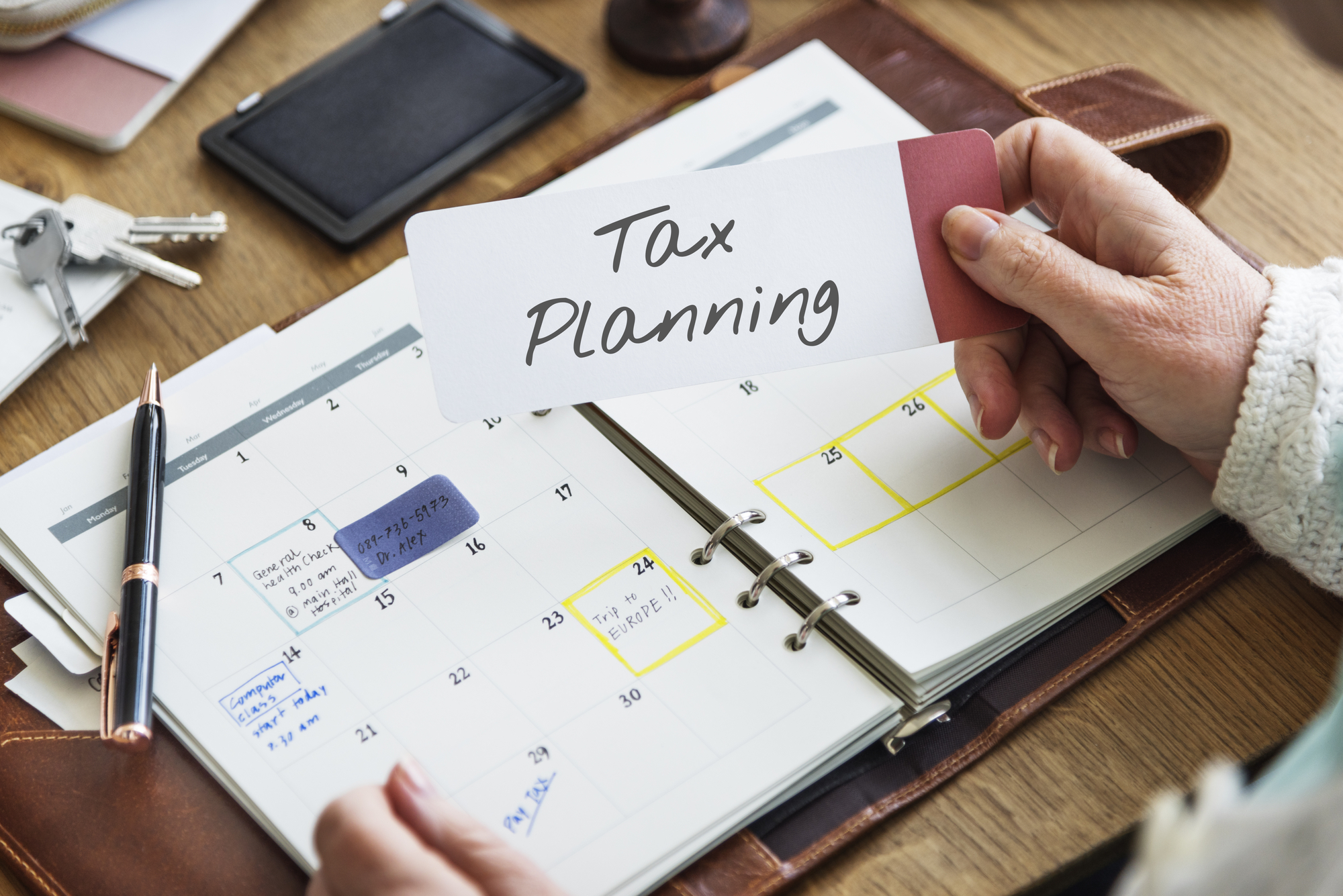Financial independence is the ability to support oneself financially without assistance. Financial independence is an important goal for people of all backgrounds, but it is crucial for women who continue to be disadvantaged in the job market.
Money management skills and financial awareness can give women more confidence to invest and save for their future.

A Closer Look at Where Women Stand With Finances
While many strides have been made, the fight for equality in finances among women and men continues. Here are a few startling statistics:
- Only 5.8% of S&P 500 CEOs are women.
- 85% of women control their families’ day-to-day finances.
- When women invest, their portfolios outperform men’s by 0.4%.
- Women of color only make up 3% of women in C-Suite positions, compared to 66% of white men.
- Since the onset of COVID-19, more than 2.3 million women have left the labor force, compared to 1.8 million men.
Women Face Challenges in the World of Finance
Women who seek personal empowerment should focus on financial freedom. There are several roadblocks that make it challenging for women to partake equally in the financial world as their male counterparts.
One example is the pay gap. According to statistics from the U.S. Bureau of Labor, women earned only 82.3% of that earned by men. Many women of color experience an even wider gap.
Household responsibilities, lack of resources to financial tools, and pay discrimination are all issues that women face compared to men.
While equal rights between men and women have increased, there is still a lot of work to be done. Here are a few key challenges women continue to face:
Women continue to be paid less than men
According to the U.S. Bureau of Labor Statistics, women still make less than their male counterparts. This gap widens for women of color.
Having children often disrupts a woman’s career
Having children as a working woman tends to result in a wage cut of 4% per child. For working women of color, this number increases to 10%.
Exposure to financial literacy is less for women
Women are less likely to choose their course of studies that lead to financing careers. Men study economics almost 2x more than women.
Typically women have a longer lifespan than men
A man’s life span is typically 8% shorter than a woman’s. This leaves most women left to manage their own finances at some point in their life, particularly when their male counterparts pass away.

Strategies to Sustain Your Wealth
Women typically know more about managing their finances than they give themselves credit for. While some financial strategies are applicable at any time, some moves make sense at certain stages of life. Becoming more financially literate is the best way to start developing a financial plan.
When creating a lifelong safety net, it’s important to set financial goals and understand short, medium, and long-term money strategies.
To build independent wealth and financial independence, it’s important to start budgeting, investing, planning and saving for retirement.
- Create a Budget and Evaluate Your Spending Habits
Following a budget allows you to save for financial goals while living within your means. Women are typically better at managing money, but it’s always a good idea to reevaluate where their money is going.
A good place to start is by listing how much money is earned each month, then itemizing spending into categories of necessary and unnecessary expenses.
PAYING OFF ANY DEBT YOU HAVE
Uncontrolled debt causes stress and prevents women from attaining financial freedom. To start, consider adding paying down debt into your monthly budget. The debt avalanche and debt snowball methods are two strategies to do so.
The avalanche method works by paying off debts with the highest interest rate first. The snowball method works by paying off debts by prioritizing the smallest debts first.
Regardless of the strategy, it’s important to always make more than the minimum payment.
- Investments
Investments can be a reliable source of income, can help counteract inflation and help to ensure your savings continue to grow. Many women lack the confidence to invest successfully, however, women are just as effective in investing as men, and oftentimes their portfolios are more successful.
Surprisingly only 26% of American women invest in the stock market, even though nearly half of women view the stock market in a positive light.
Investing helps to give women an equal opportunity to accumulate similar wealth as men.

INVESTMENT STRATEGY TYPES
Finding an investment strategy that is right for you will depend on your risk level and your goals for short and long-term investing.
Do you want to be an active or passive investor? Active investors are typically involved in the buying and selling of assets, while passive investing tends to mean more “sitting and waiting.”
In general, short-term investments are designed to provide results within three years, while long-term investments provide financial security many years down the road, such as stocks, bonds, and real estate.
Portfolios can be high or low risk. A high-risk portfolio has an aggressive strategy. This has the potential of high rewards but could result in several ups and downs. Low-risk portfolios will not have as strong results as high-risk but also are not as volatile.
- Save, Create an Emergency Fund, and Build Credit
When planning your monthly budget, setting aside a specific amount for savings is important. I recommend keeping a 3-6 month emergency fund. This emergency fund can help with an unexpected family emergency, job loss, or health crisis.
Building credit is another great way to work towards financial independence. Pay off your credit card balances every month to enhance your credit score.
- Plan for Retirement
According to the World Health Organization, on average, women live 6 to 8 years longer than men. However, since women often have less than men saved, it’s common for them to outlive their money. Saving for your later years will help to give you a more enjoyable retirement.
Create a Life of Financial Freedom
In our society, there are a lot of challenges and inequalities that women face when it comes to finances and economic security. However, it is still possible for women to create a life of financial freedom in spite of these challenges. If you’re not sure where to start on your own financial journey, I encourage you to reach out to me for a free no-obligation consultation. Managing your finances is an important step in taking control of your life and creating the future that you want for yourself. With diligence and perseverance, you can help make your financial dreams a reality. Contact me today to get started!
Financial Journey LLC is a registered investment advisor offering advisory services in the state of Virginia and in other jurisdictions where exempted. Information provided is for educational purposes only and not, in any way, to be considered investment or tax advice.























